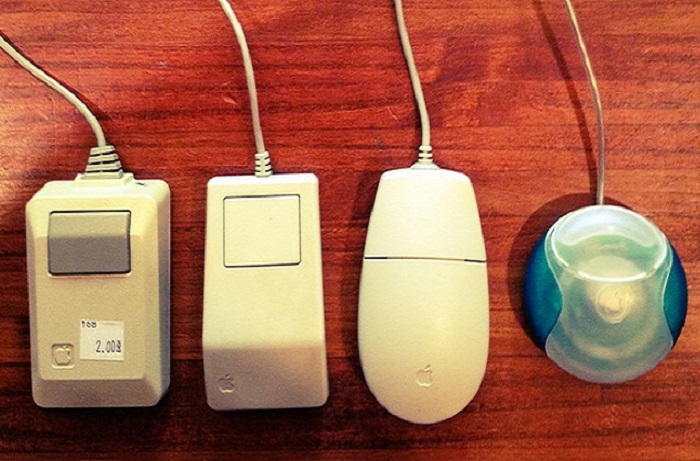A reanalysis of genes tied to life span in mice reveals only a select few affect aging.
Like it or not, you are always getting older. The mechanisms responsible for this fact of life, non-negotiable as it is, remain poorly understood. To identify genes that drive the aging process, researchers typically look for those that affect lifespan. On the surface, interpreting such studies might seem simple: if animals with a mutation live longer or shorter than their wild-type counterparts, the mutation must have some effect on aging, right? Not necessarily; many mutations change the rate at which animals die, not the rate at which they age. In a report in GENETICS, de Magalhães et al. demonstrate the importance of this distinction by reanalyzing a set of genes previously connected to aging in mice. Their results have broad implications for interpreting studies of longevity.
To reevaluate these genes, the authors calculated the “demographic” rate of aging in the corresponding mutants, which reflects age-dependent mortality. The Gompertz-Makeham law of mortality states that the effective human death rate is made up of both age-dependent factors (e.g. heart disease) and age independent-factors (e.g. lightning strikes). When the age-independent factors leading to death are rare (like with laboratory mice), the law can be simplified into just the Gompertz equation. This equation describes the exponential increase in mortality rate with age, and by applying it to data from previous mouse studies, the authors were able to determine which genes affect the demographic rate of aging.
Most of the genes the authors analyzed turned out to affect mouse longevity in an age-independent manner. Only two out of 30 genes that increased lifespan did so by decreasing the demographic rate of aging. Similarly, only five out of 24 genes that shorten mouse lives increased the demographic rate of aging. While all of these genes are undeniably important for lifespan, the select few identified to influence the aging process are better candidates for studying the details of how organisms change as they age.
The authors also offered some insight into how studies of aging and longevity in mice are conducted, noting significant variation in the life span of control animals from study to study. This variation suggests that differences in how animals were housed and cared for, as well as other random factors, could be influencing the results of aging studies. Such variation must be taken into consideration as future studies attempt to unravel the biological complexities behind getting old.
CITATION:
A Reassessment of Genes Modulating Aging in Mice Using Demographic Measurements of the Rate of Aging
João Pedro de Magalhães, Louise Thompson, Izabella de Lima, Dale Gaskill, Xiaoyu Li, Daniel Thornton, Chenhao Yang, Daniel Palmer
GENETICS April 2018; 208: 1617-1630. DOI: 10.1534/genetics.118.300821
http://www.genetics.org/content/208/4/1617































